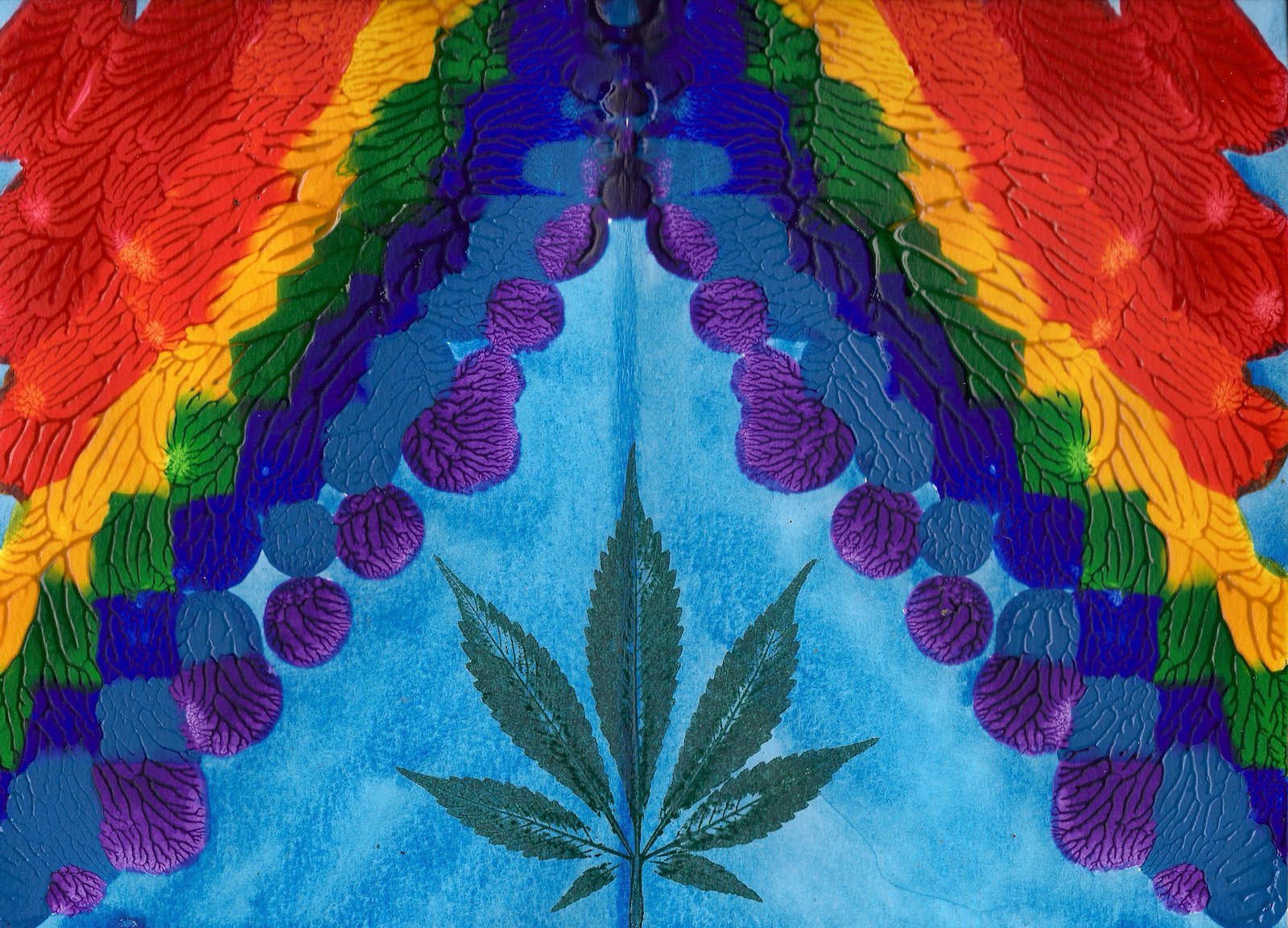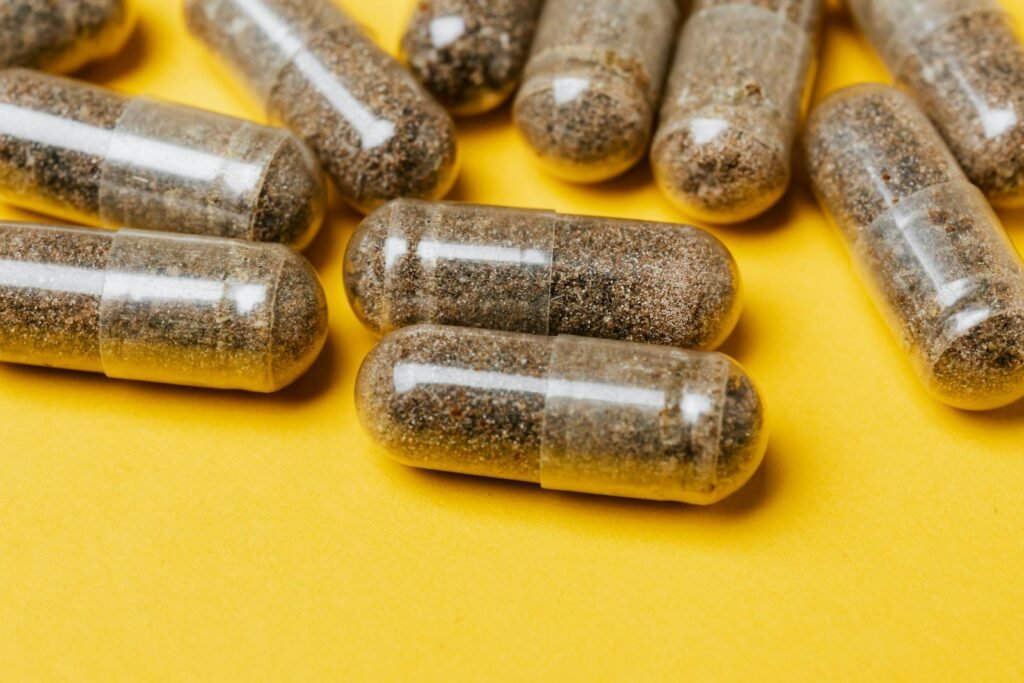Imagine a world where just a sprinkle of a substance could unlock the doors of creativity, opening pathways to ideas and innovations that seemed out of reach. Microdosing, the practice of consuming minute amounts of psychedelics like LSD or psilocybin, promises just that. It’s a topic that has sparked debates, curiosity, and even skepticism. As we dive into this intriguing subject, let’s explore whether these tiny doses of psychedelics are a myth or a groundbreaking tool for creativity.
What Exactly is Microdosing?
Microdosing refers to the practice of taking very small, sub-perceptual doses of psychedelic substances. Typically, these doses are about one-tenth to one-twentieth of a recreational dose, which means users don’t experience the hallucinogenic effects associated with larger quantities. Instead, the idea is to subtly enhance cognitive functions, mood, and creativity without altering one’s state of consciousness dramatically. Imagine adding just a pinch of salt to a dish to enhance its flavor without overpowering it—that’s the essence of microdosing.
The Science Behind Psychedelics and Creativity
Psychedelics have long been associated with creative thinking, largely due to their ability to alter perception and cognition. These substances interact with serotonin receptors in the brain, particularly the 5-HT2A receptor, which is believed to play a role in creativity and problem-solving. By modulating these pathways, psychedelics may foster a state of mind conducive to out-of-the-box thinking. However, it’s important to note that while the scientific community is intrigued, conclusive evidence is still sparse, and much of the data is anecdotal.
Microdosing: A Modern Trend with Ancient Roots
While microdosing is a modern term, the use of psychedelics for cognitive enhancement has ancient roots. Indigenous cultures have used substances like peyote and ayahuasca in spiritual and healing rituals for centuries. These practices were often aimed at expanding the mind and connecting with deeper creative insights. Today’s microdosing trend can be seen as a contemporary reinterpretation of these age-old traditions, adapted for the fast-paced demands of modern life.
How is Microdosing Practiced?
Microdosing typically follows a structured schedule, where individuals consume a small dose every few days. For example, one popular regimen is the Fadiman protocol, which suggests taking a dose once every three days. This approach is designed to avoid building a tolerance while maximizing potential benefits. Users often keep detailed journals to track changes in mood, productivity, and creativity, much like a scientist observing an experiment.
Potential Benefits: Beyond Creativity
While creativity is a major draw, proponents of microdosing claim a host of other benefits. These include improved focus, enhanced emotional balance, and increased productivity. Some users report a heightened sense of presence and connection to their surroundings, akin to a sharpened lens bringing the world into clearer focus. It’s as if microdosing provides a gentle nudge, encouraging individuals to engage more fully with their environment and tasks.
The Risks and Challenges of Microdosing
Despite the potential benefits, microdosing is not without its risks. The primary concern is the legal status of psychedelics, which remain illegal in many parts of the world. This legal ambiguity means that quality control is often lacking, posing potential safety risks. Additionally, the psychological effects of even small doses can vary greatly between individuals, leading to unpredictable outcomes. Like any tool, microdosing requires careful consideration and responsible use.
Real-World Examples of Microdosing

Microdosing has found its way into various professional circles, from Silicon Valley tech gurus to artists and musicians. These individuals often seek an edge in creativity and innovation, hoping to unlock new ideas or solve complex problems. For instance, some tech workers have claimed that microdosing helps them see solutions from different angles, much like turning a kaleidoscope to reveal new patterns. These real-world applications highlight the diverse ways microdosing is being explored in pursuit of creative excellence.
The Placebo Effect: A Powerful Influence?
One question that looms large in the microdosing debate is the potential role of the placebo effect. Could the perceived benefits simply be a result of expectations and belief rather than the substance itself? The mind is a powerful tool, and the placebo effect has been shown to produce real, measurable changes in various contexts. This possibility underscores the need for rigorous, controlled studies to differentiate between genuine effects and psychological influences.
Future Directions for Microdosing Research
As interest in microdosing grows, so does the demand for scientific research. Future studies are likely to focus on understanding the precise mechanisms by which microdosing affects the brain and behavior. Researchers are also keen to explore the long-term effects and potential therapeutic applications, particularly in mental health. The hope is that a deeper understanding will lead to safer and more effective use of psychedelics, whether for creativity, therapy, or other purposes.
Final Thoughts: The Potential and the Unknown
The reality of microdosing is a blend of potential and uncertainty. While many individuals report positive experiences, the scientific community remains cautious, urging further research. The allure of unlocking creativity with a tiny dose is undeniably captivating, yet it requires a careful balance of optimism and skepticism. As we stand on the cusp of understanding, one must wonder: Could microdosing be the key to a new era of creativity, or is it simply a fleeting trend?



